Want your pictures to have that dreamy, cohesive look everyone adores? If you’re hoping to achieve a soft, romantic, or moody, dramatic feel, learning the art of proper photo editing techniques can totally make or break your visual presence. In this piece, DIGI-TEXX will provide tips on how to edit aesthetic photos and tricks to enhance your look to the next level and keep your Instagram feed fresh and current.
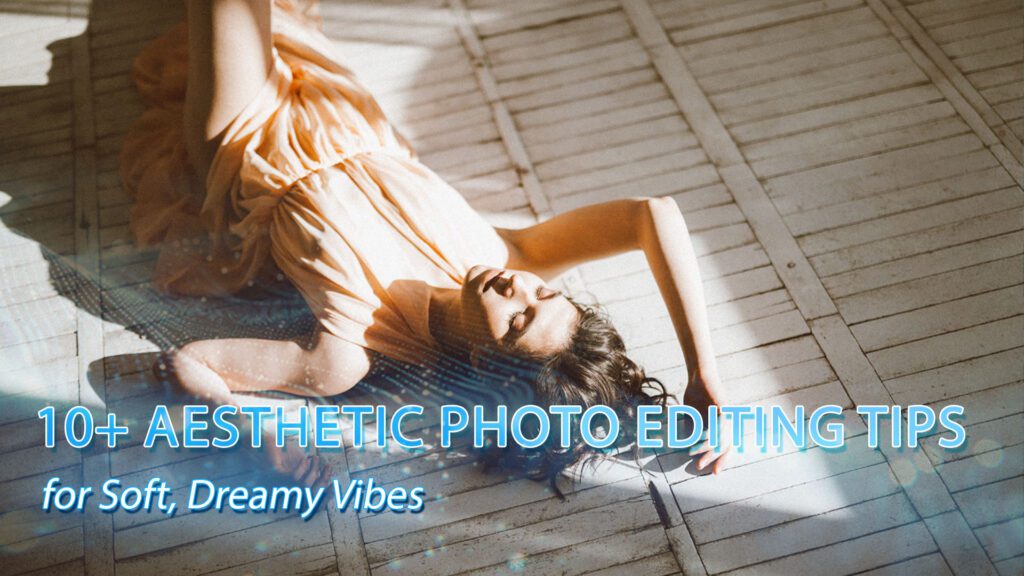
1. Choose an Aesthetic Color Palette
Among the greatest aesthetic photo editing tips is to use a unifying color palette. Pastel colors, soft lavender, pastel mint, and blush give an airy, dreamy atmosphere, whereas warm beige and dusty pink give a sunny, vintage look. Cool colors, such as pale blue or soft gray, provide a clean contemporary atmosphere. Selecting the correct hues sets the mood and maintains your edits on the same level for each image.
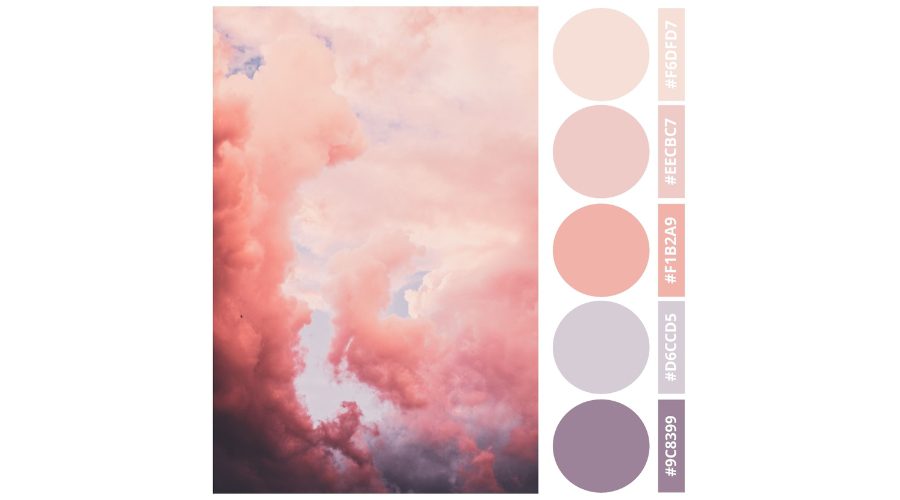
Pastel colors, soft lavender, pastel mint, and blush give an airy, dreamy atmosphere
2. Use Natural Lighting for a Soft Look
When it comes to taking amazing portraits, natural light is the best-kept secret. It’s free, readily available during the day, and perfect for creating soft, flattering tones in your photos. Whether you shoot indoors or outdoors, natural light has your subject looking their very best without harsh shadows. Other photographers prefer window light because this provides them with more freedom in terms of contrast and brightness, two very important ingredients in any set of aesthetic photo editing tips.
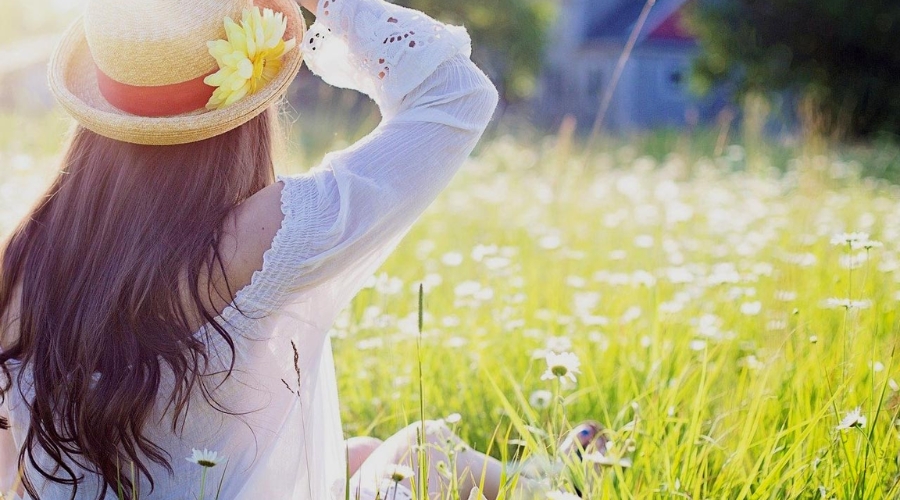
Natural light has your subject looking their very best without harsh shadows
3. Add Texture: Grain, Dust, and Vintage Effects
Adding texture in the form of film grain, dust, or scratches is one of the most preferred aesthetic photo editing tips for adding a nostalgic feel. Grain introduces a gentle roughness that’s reminiscent of the appearance of older film stock, and dust and scratch overlays introduce that fantastic vintage personality. Both, collectively, introduce a tactile, imperfect appearance to your images that’s raw and cinematic. For the real look, apply these effects in moderation and tweak the opacity until the texture harmoniously matches your photo.

Adding texture in the form of film grain, dust, or scratches
4. Adjust Brightness, Contrast, and Lux Settings
One of the most under-the-radar aesthetic photo editing tips on Instagram is leveraging the in-app Lux tool—a hidden gem nobody even knows about. With a single click, Lux instantly enhances your photo by brightening shadows, de-noising highlights, and increasing overall contrast to make the image pop, giving it a clean, HDR-style look that’s beautiful on your feed.
This is particularly wonderful for correcting flat or underexposed images. When browsing through filters, you can simply tap the little sun symbol at the top of the view screen. From there, drag to the dark to increase, swipe up to increase Lux, or swipe down to reduce to your desired level of brightness and saturation to achieve your desired look
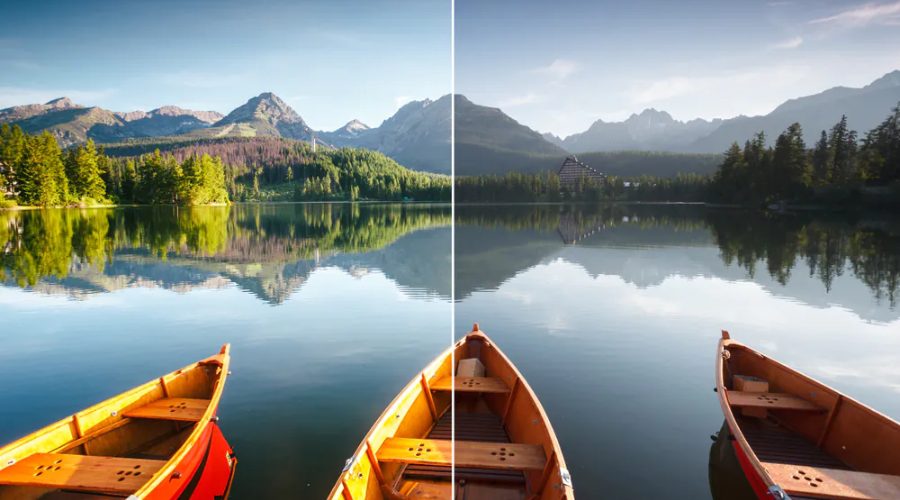
Lux instantly enhances your photo by brightening shadows
5. Desaturate Unnatural Colors to Stay On Theme
In order for any gorgeous edit, there is a need to balance levels of color so that it is appealing. Instead of over-saturating all tones, which more often than not produces images that appear coarse and unrefined, try a more subtle approach. One of the wiser aesthetic photo editing tips is to lower saturation on colors that are not in the important palette, so that your selected tones are prominent. Select 2 to 5 major colors from the image, and soften the remaining. This is to direct the eye of the viewer towards the object and make your photo look good with your whole feed.
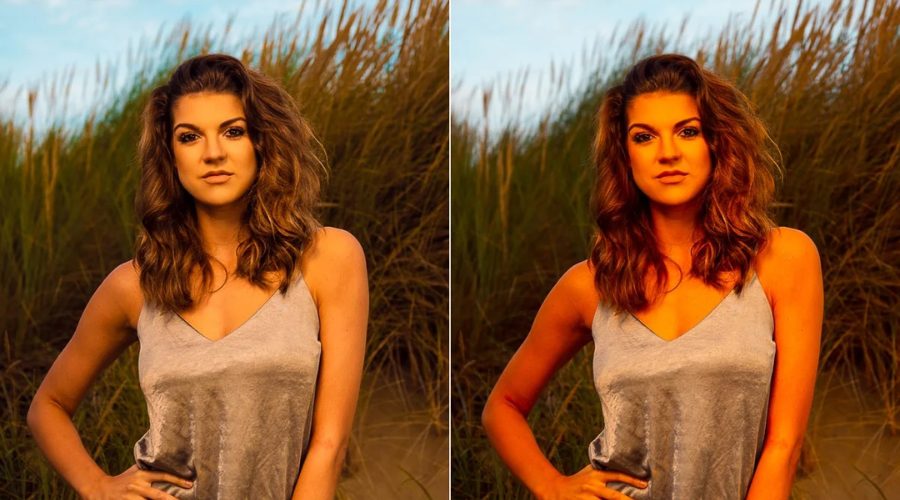
Lower saturation on colors that are not in the important palette
6. Enhance Key Details (Eyes, Product, Textures)
Yet another technique to make incredible edits is improving certain aspects of the image. Quite possibly the most aesthetic photo editing tip ever is utilizing background blur to create emphasis on the subject and provide depth. You can also fine-tune texture and clarity depending on the mood you’re going for, softening details for a dreamy, romantic feel or increasing clarity for a sharp, modern look. Lastly, don’t forget to remove any distractions that take away from the visual focus. Even small tweaks can make a huge difference in achieving a polished and cohesive aesthetic.
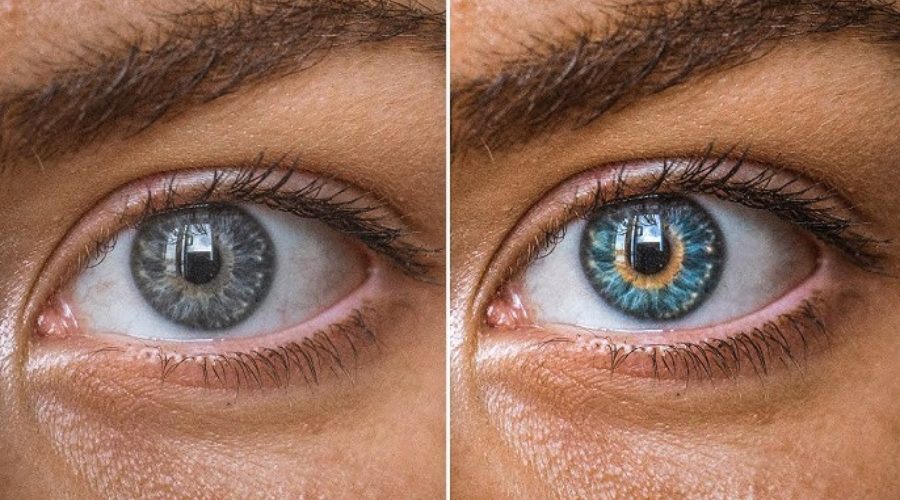
Enhance some key details, such as eyes
7. Highlight Natural Elements in Your Composition
Blending natural objects such as rocks, water, soft sky, or leaves can add motivational visual messages to common photographs. Further key aesthetic photo editing tips from an aesthetic standpoint are to set subject matter against natural textures and earth tones so that they blend well with your aesthetic color palette.
These types of elements add depth and realism to your photograph and can be such strong visual hooks, whether it’s the leaf pattern, the shoreline edge, or the silky branch gently leading around your subject. By doing this, your adjustments become meaningful and engaging, based on the actual beauty of nature.
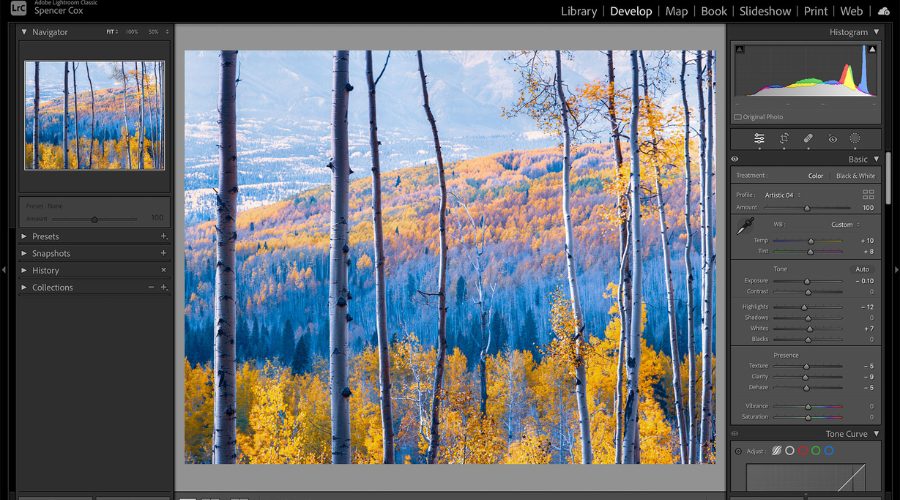
Blending natural objects such as rocks, water, soft sky, or leaves
8. Use Background Blur to Create Depth
One of the aesthetic photo editing tips that appears wonderful is to add a soft blur to the background (bokeh) so your subject will stand out with a cinematic quality of depth. The impression of separating your point of focus from the background and drawing the viewer’s eye, and adding depth to your photo, can make your photograph much more powerful. Whether done using a large aperture in-camera or post-production simulated blur, the soft, blurred background tastes elegant in focusing attention on your subject and eliminating distractions. This creates a layered, experiential view that looks professional and beautiful.

The impression of separating your point of focus from the background
9. Maintain Negative Space and Minimalist Framing
Minimalist composition is all about restraint, and one of the best aesthetic photo editing tips is to use negative space intentionally. By leaving generous space around your subject, usually at least half frame, you maximize focus, balance, and emotional power. This method is in harmony with minimalist photography ideals: clean backgrounds, bare frames, and well-placed subjects. Negative space not only directs attention toward the subject, but it also encourages interpretations of meaning and mood from observers, allowing your design changes to be more elegant and narrative-driven.
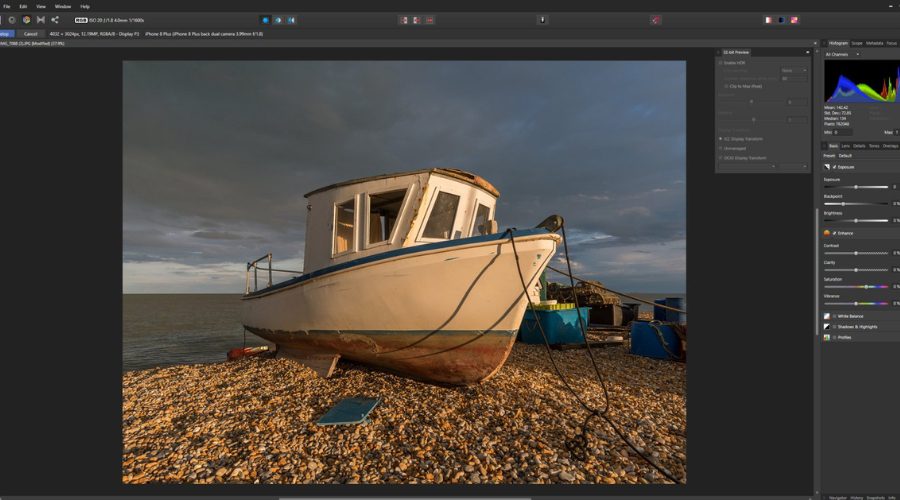
This method is in harmony with minimalist photography ideals
You can also try using some of the best photo editing apps to easily create aesthetic photos without manual editing.
Mastering the art of aesthetic editing isn’t about overloading your photos with effects; it’s about being intentional with every choice, from color palettes and textures to lighting and composition. By applying these aesthetic photo editing tips, you’ll not only enhance the visual appeal of your images but also create a consistent and captivating style that reflects your unique voice. Remember, subtle adjustments often have the most powerful impact.
If you desire to raise the bar in your visual communications and digital materials, take advantage of DIGI-TEXX – a reliable creative services, photo editing services, and digital transformation partner. Our services can simplify your workflow and advance your content strategy to the next level with expert precision.
=> Explore more:


